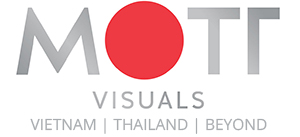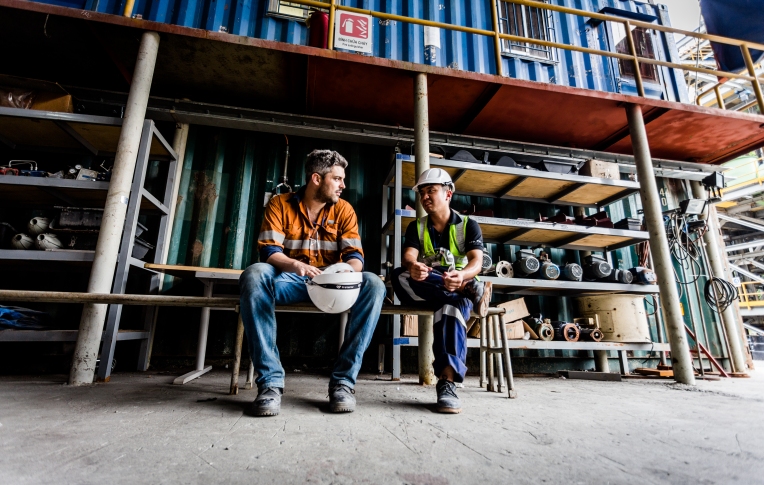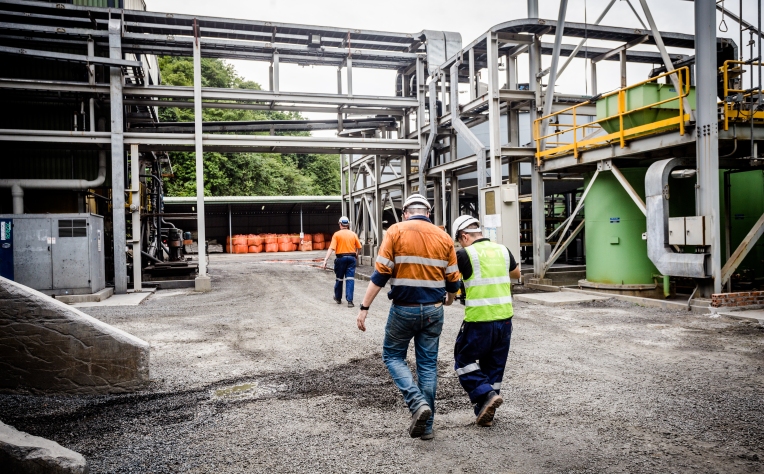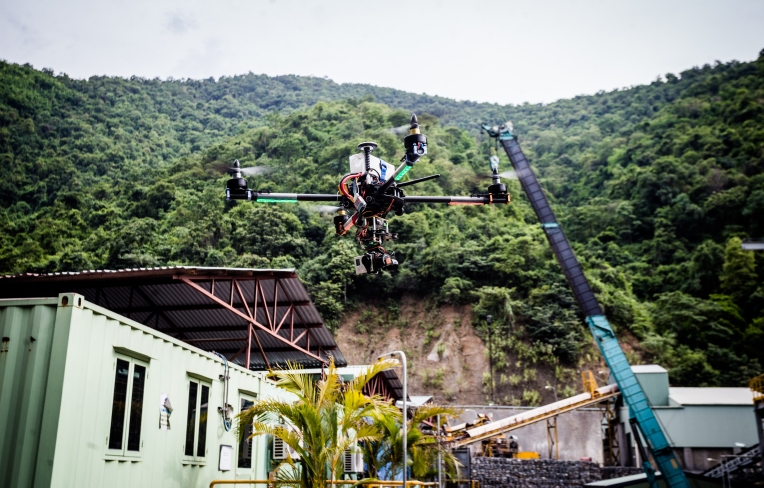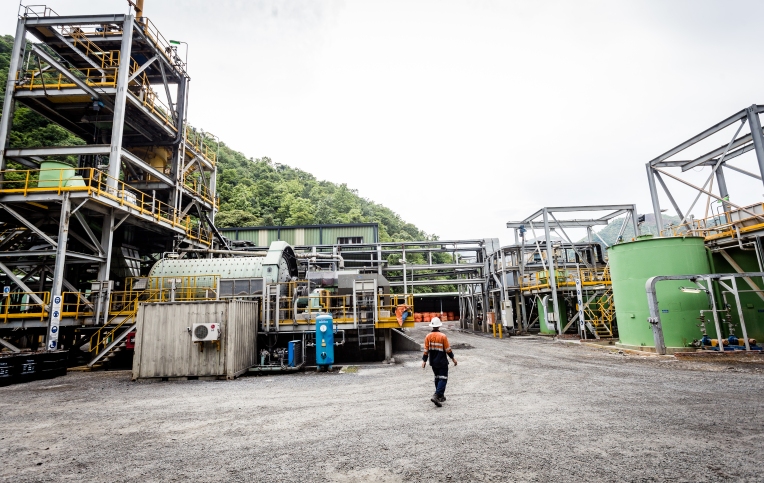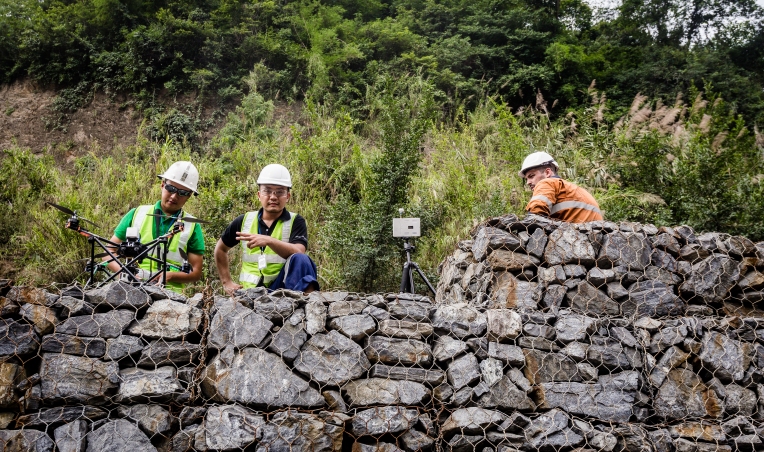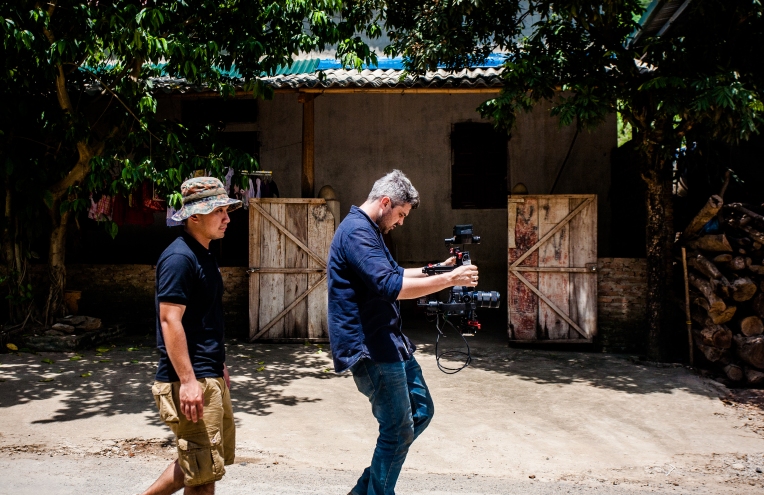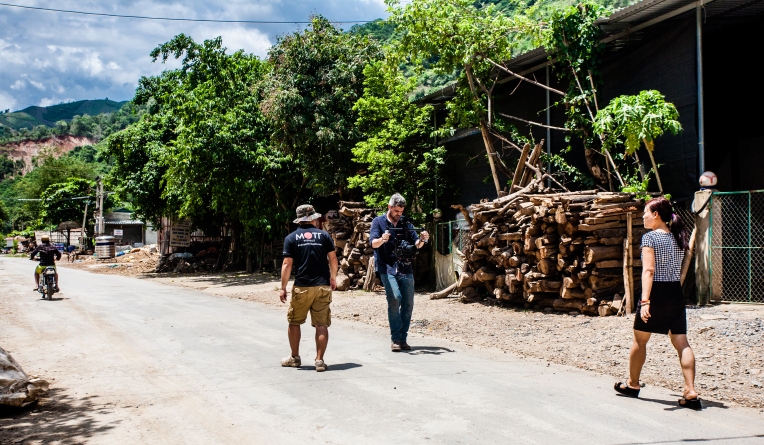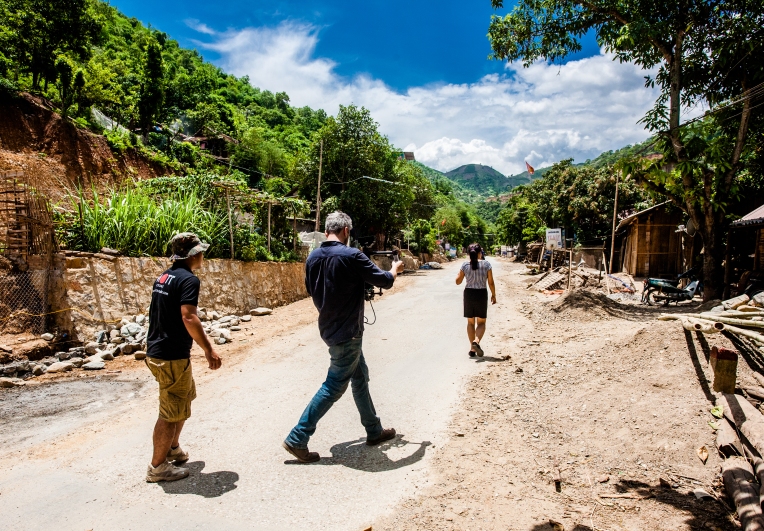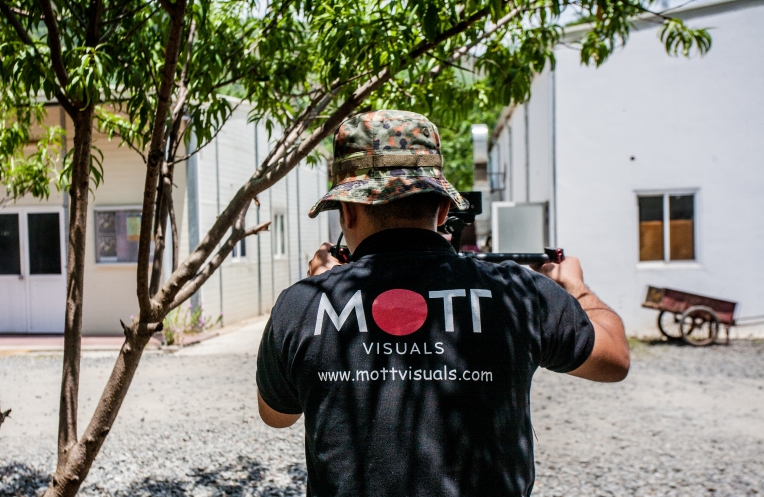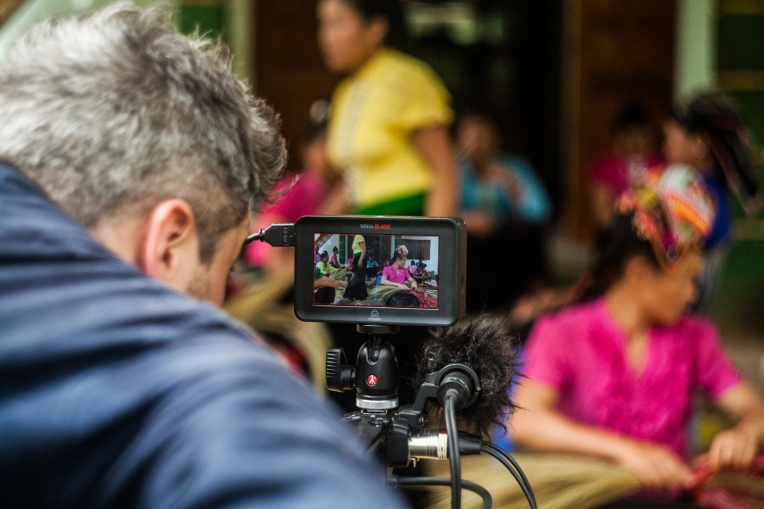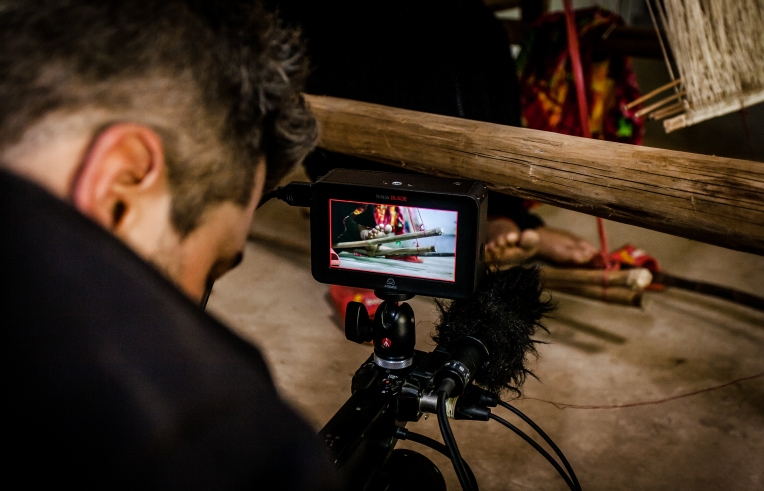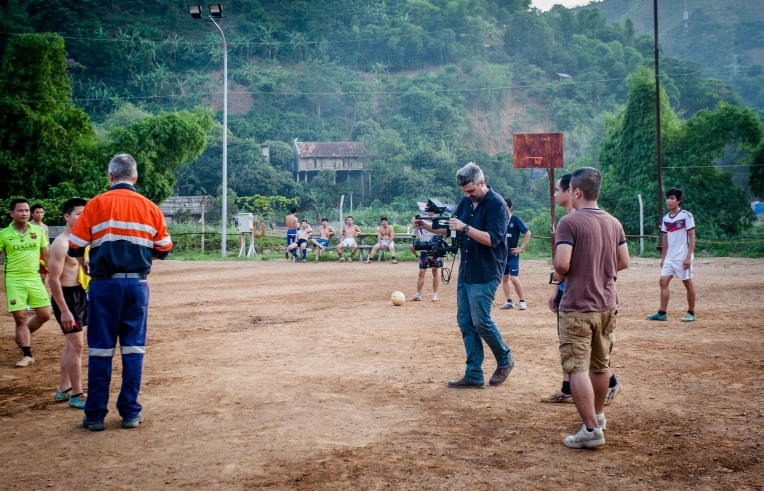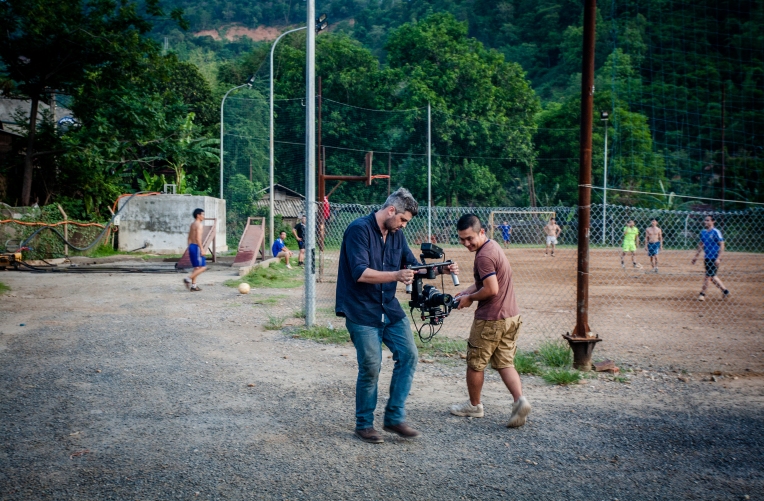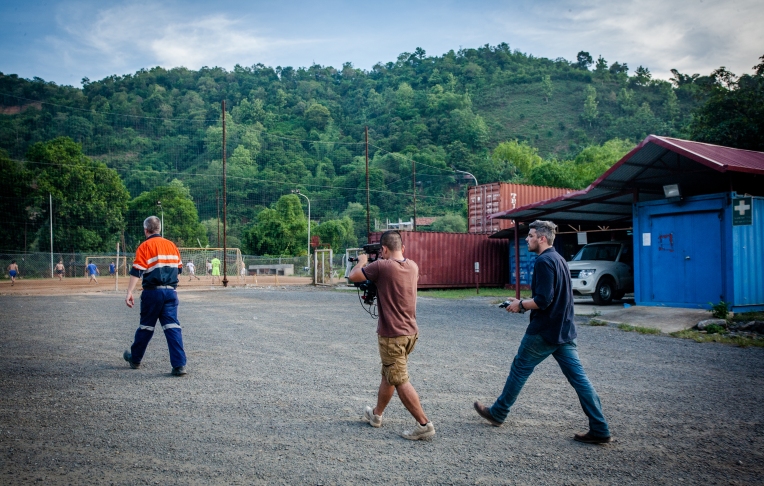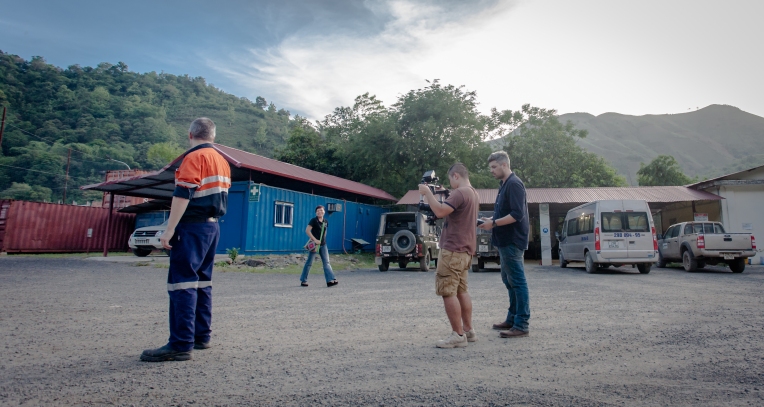
- I shot this image for IHG at Intercontinental Bali, Indonesia. A commercial image shot with an editorial spirit.
Copyright 2017 Justin Mott/Mott Visuals
A few weeks ago, I was on location filming season 4 of my TV show in Indonesia. One of the guest judges on the show was a well-established American editorial photographer. He’s been based in SE Asia for years shooting for the big wire services and leading publications. We started chatting about commercial photography and he shared his trepidation and past experiences dabbling in the market.
He openly admitted being a little intimidated by commercial photography and talked about missing out on a few big budget jobs, not because of his photography skills, but rather his inexperience in the industry. It was a great conversation and inspired me to write this article.
For many editorial photographers, the market dried up years ago. I recall the days when surviving off newspaper or magazine assignments was realistic and even thriving. In 2008 I was going from country to country non-stop shooting for all the big media outlets. In fact, there was a time when I couldn’t even afford to take on new assignments because I was owed so much money in expenses for my past jobs.
I’ve met so many editorial photographers who are intimidated by the commercial photography market. For some it’s lighting, others it’s managing production or working with AD agencies, there is a lot to be intimidated by. I’m not saying editorial photography doesn’t come with its own stress but it’s just different a different beast.
I first started to notice the gradual decline about 5 years ago with assignment days shortening, travel budgets were next, then overall I noticed the total number of assignments decrease rapidly. You might say “well Justin perhaps you just suck and editors got sick of your work.” I thought of that, but I wasn’t the only one, I noticed many of my talented colleagues facing the same harsh reality.
I did what I had to, sold my body under random bridges in random cities to pay off my gear. Ok, that’s not true my body isn’t worth selling but I had to adapt and look for other options. My first move was I decided to hit restart on my branding, marketing, and overall business strategy. I knew I had a unique skill set (stole that line for Taken) and a defined style that was heavily influenced by my years of experience in assignment photography. I was good under pressure, knew how to tell a story, and I worked well with natural light. I started to look at the commercial photography market and I noticed lots of heavy retouching, artificial lighting, and overall heavy production.
I respect that kind of work but it wasn’t for me and it wasn’t my style. I pushed forward into the commercial market by leveraging my skillset and my experience for the big names in media like The New York Times to get commercial work. I was selling my style, something different. I launched Mott Visuals in 2009 and we started with myself and one assistant working out of a café. Since the launch, we’ve grown into a team of over 15 employees consisting of full time staff and freelancers with offices in 3 different cities in SE Asia. We’ve expanded beyond just commercial photography into full video production and our clients list is filled with Fortune 500 companies. I’m proud of what I’ve built and we still have big plans to grow.
Here are some simple tips that hopefully help you leverage your editorial photography skill set and allow you to thrive in the commercial photography market.
GET HELP
No, I’m not talking about checking yourself into clinic for out of work photographers. Talk to commercial photographers, if you feel uncomfortable getting advice from competitors, reach out to someone you look up to into a non-competing market. Even if they are much younger, still learn from them just like you learned from veteran editorial photographers when you were starting off.
BRAND YOUR BUSINESS
In order for the corporate world to take you serious you need to look professional. If you have enough work for a separate website for your commercial work start one. I use Squarespace and I love it. If not, at least have a separate gallery on your editorial website for your commercial work. Next, brand your commercial website with a proper logo and adjust your descriptions to have a commercial angle. For example, my bio on my editorial website is mostly about my editorial experience while my bio on my commercial website focuses on my commercial photographywhile touching on my editorial experience and influence in my style. Simple things like branded email signatures, branded invoices, etc. make a difference.
PARTNER UP
When I expanded into video production I didn’t pretend to know it all but rather I looked for people to partner with experience in video and with skillsets that I didn’t have. I wanted my stamp on things and I wanted the style of my photography to match the cinematography in the video that we produced. I explained that and worked closely with my vude (video dude) to make sure that vision and style was executed properly.
BITE OFF MORE THAN YOU CAN CHEW
Most people will tell you not to take on a job you can’t handle, but it’s like having a child (coming from someone who doesn’t have a child), you are never truly ready or the timing is never right but once you have one your instincts will kick in and you will be just fine. Maybe my above analogy if flawed, let me take a different approach to this. Don’t turn down jobs if you don’t think you can handle it yet but rather research and see if you can learn how to handle it and like I said above, partner up and surround yourself with people that can help you handle it.
BE CAPABLE OF HANDLING PRODUCTION
AD agencies and clients want to work with photographers who can do it all, hiring, casting, logistics, etc. This is where hiring a full-time or freelance producer is key. I’m going to say it again and again, partner up with good people. Find a good producer and your life will get easier. Understand their job and help them understand yours, the producer/photographer relationship is everything. If your traveling for production, have your producer hire a local production to assist with permits, locations, etc.,t his is all billable to your client.
UNDERSTAND YOUR SKILL SET AND LEARN HOW TO SELL IT
If you excel working with natural light or you feel confident your images tell powerful stories then make sure that comes through when you meet potential clients and on your website. Find clients that are looking for these types of images and be confident you are the right person for the job. Even if a client thinks they aren’t looking for these type of images explain the benefits of having more realistic images, natural retouching and genuine moments. It’s key to understand your style and essential that you understand how to sell that style.
BILL IT
Don’t worry if you can’t afford a full-time staff such as a producer, retoucher, assistant, etc. Make it a line item or group it into your rate and bill it to your clients. AD Agencies and commercial clients understand and expect this. I’m not saying to nickel and dime your clients, learn the norm and apply it to your pricing. Check out these two websites that have sample quotes on them so you can get a feel for what a commercial shoot quoting breakdown looks like.
GET IT IN WRITING
It’s fine to have phone conversations, but make sure you have everything in writing. If a client changes the shot list on the shoot, get it in writing in an email. If the client approves a model, get it in writing, basically get everything in writing. I can’t tell you how many times I’m dealing with marketing managers, sales teams, AD firms, creative directors, all telling me different things so what ever they say I make sure I have an email confirming it. If I’ve being told different things from different people I make sure to start an email chain, put everyone in, and clear things up. This might sound like overkill but having an email chain is your insurance policy and it’s well worth the extra time it takes.
DI VS BASIC RETOUCHING
In the editorial world we are use to basic color correction but commercial photography is a whole other world. Some clients expect heavy DI (Digital imaging, adding or removing things, green screen, etc.) and if you don’t make it clear what’s included in your quote and what’s not you’re asking for endless headaches. Be upfront with your client, have a conversation about their exceptions, and explain carefully what is and isn’t included in your quote. Make a point to also put all this in your contract as well and even after you do all this expect your client to still be confused and expect you to do all sorts of DI for free. If your client expects heavy DI and you aren’t capable of it don’t stress and run from the job. Again, partner up with someone who knows their stuff and talk through the process, get their rates, and bill it to the client.
SET UP YOUR BUSINESS INFRASTRUCTURE
This isn’t my strong suit to be completely honest nor am I interested in this kind of stuff but it’s imperative that you a proper infrastructure. As your team and production size grows you need to have an infrastructure and understanding of your costing breakdowns, freelance rates, etc. You must have a proper quoting system and understand the market and your value. I like to share but unfortunately, I’m not going to share too much in case my competitors are reading this article. We use Dropbox to keep everything organizing.
CONCLUSION
I’m not saying all editorial photographers need to get into commercial photography, but for those of you that are interested in testing the market I hope you found this article helpful. If you found this article useful please share it on your social networks. If you have any questions for me please ask me in the comments section and I’d be happy to answer them.

